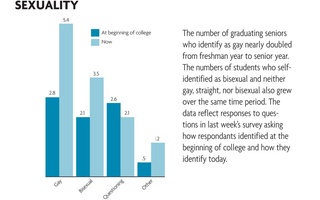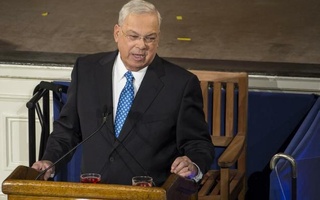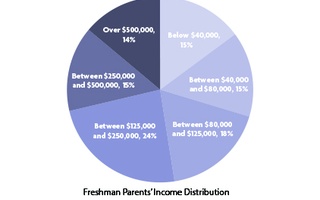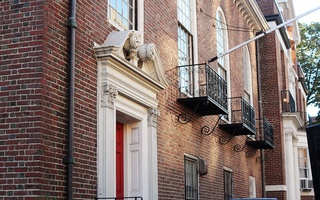Although four out of five faculty members from across the University say that they are satisfied as members of the Harvard faculty, women and members of underrepresented minority groups report higher rates of feelings of exclusion than men and non-minorities, according to the results of the 2013 Faculty Climate Survey.
Since the Office of the Senior Vice Provost began conducting the survey in 2007, ladder faculty said they have become more comfortable within their departments and feel that their colleagues value their research. But among female professors, departmental community is reportedly less collegial; they were less likely to agree with statements like “the department is a good fit for me” and “the department accommodates family responsibilities” than their male counterparts.
{shortcode-adcdef55a629f599b694448ff948edebf4622f36}
In addition, 62 percent of women, compared to 79 percent of male faculty members, agreed that their respective school or department “makes genuine efforts to recruit female faculty.” The divide was also present in responses to a question that asked respondents to agree or disagree that they “feel that the climate for female faculty in the School/Department is at least as good as for male faculty.” While 58 percent of men agreed with this statement, 44 percent of women did.
A greater percentage of female than male respondents also said they feel that they have to work harder to be perceived as a legitimate scholar and that they feel excluded from an “informal network.” In both instances, the rate of agreement was about 30 percent for women, as opposed to 20 percent for men.
While perceptions about faculty climate were more consistent across race than across gender, perceptions about the role of race in the workplace tended to be less positive.
Survey results show that faculty members have similar views about the University’s climate for faculty members from underrepresented minority groups—defined as black, Hispanic, and Native American. Around 60 percent of respondents said their respective school or department makes a genuine effort to recruit minority faculty, and about half of all respondents said that their school’s or department’s climate for underrepresented minority faculty members is at least as good as it is for non-minority faculty.
About a quarter of all underrepresented minority faculty members said that they feel excluded from an “informal network.” Twenty percent of non-minority faculty members agreed that they feel excluded from an informal network.
Since 2007, faculty, while more satisfied overall, reported that they have become less satisfied in the areas of the quality of graduate and professional students, teaching infrastructure, the availability of teaching assistants, and support for securing grants.
—Staff writer Steven R. Watros can be reached at steven.watros@thecrimson.com. Follow him on Twitter @SteveWatros.
Read more in Faculty News
Barron Narrowly Confirmed by Senate Despite Drone MemoRecommended Articles
-
 Sexuality
Sexuality -
Psych Study Determines Language Affects Test ResultsThe language used to conduct psychological tests might need be reexamined, Harvard researchers say.
-
Faculty Meeting Focuses on Online Education and Gender ImbalanceA month after administrators announced to a packed University Hall that the School of Engineering and Applied Sciences would move to Allston, Tuesday’s Faculty Meeting was comparatively uneventful, with few attendees and fewer announcements.
-
 Menino Era Expected To Come to an End
Menino Era Expected To Come to an End -
 Freshman Survey Part II: An Uncommon App
Freshman Survey Part II: An Uncommon App -
 The Final Club Party: Who’s There and What’s Going On?
The Final Club Party: Who’s There and What’s Going On?













